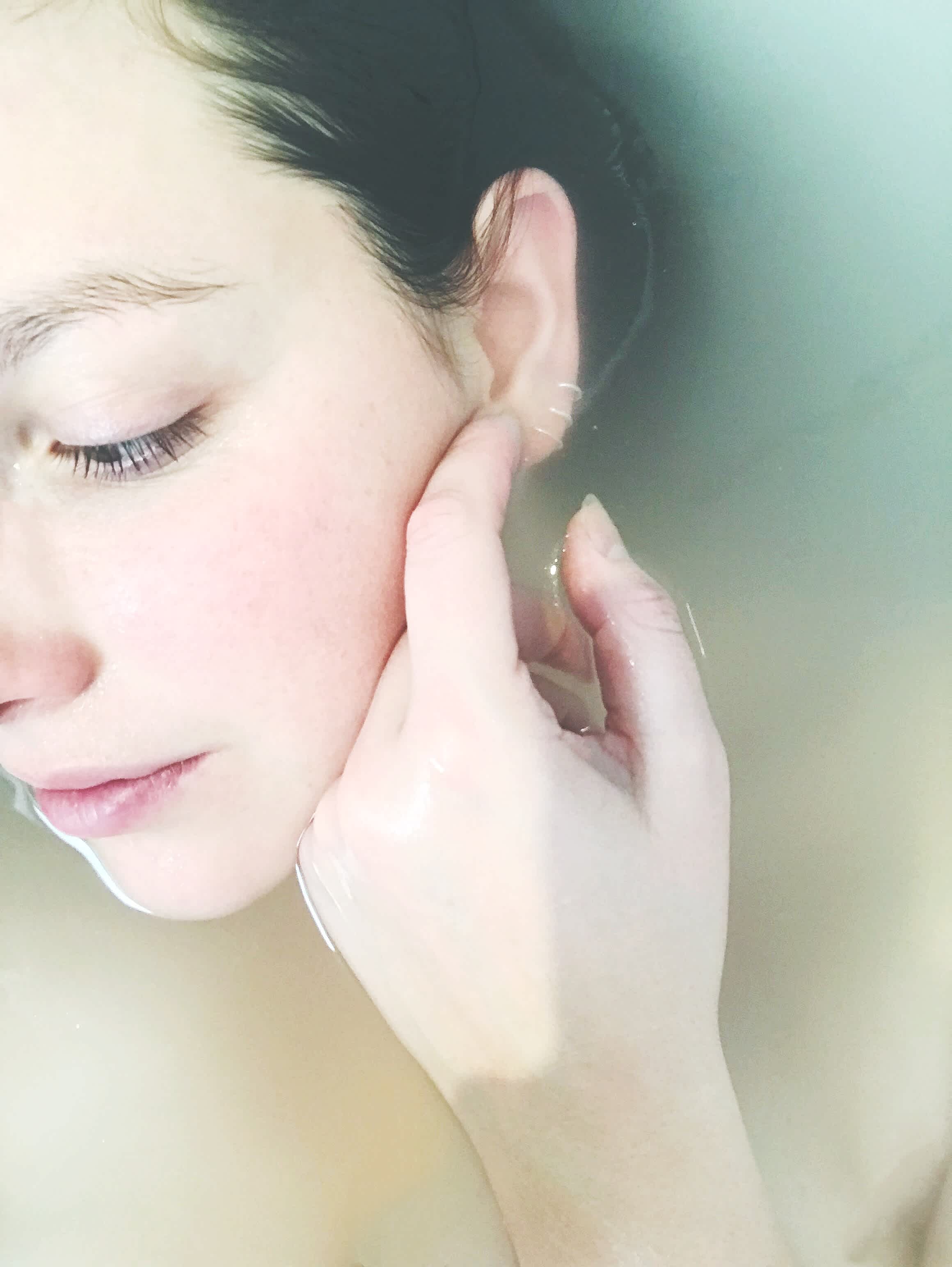A new approach to acne therapy?
Lactoferrin and acne
Duration: 3 minutes

A new approach to acne therapy?
Acne vulgaris is a chronic inflammatory disease of the skin, very common (up to 85%) in adolescents and young adults [1]. The main symptoms are visible damage to the skin surface and generally oily skin. In the long term, the inflammatory processes can lead to scarring, which can have a significant psychological impact on those affected.
The damage begins at the hair follicles in the skin. The cells located there, the keratinocytes, multiply and shed, blocking the sebum outlet. This sebum build up is further intensified by the increased sebum production which occurs in puberty. The blocked sebum provides a comfortable breeding ground for bacteria, such as Cutibacterium acnes (C.acnes), a species that is a major component of the natural skin flora.
As it multiplies, the immune system reacts and triggers the inflammatory process [1]. The situation deteriorates further with the presence of other symbiotic skin flora such as Staphylococcus aureus, causing even more severe inflammation [2].
In their 2020 article, Dréno et al. see the problem in a different light. The cause lies not only in the excessive multiplication of C. acnes, but also a preceding dysbiosis of the skin microbiome, making it possible in the first place [3]. Reduced diversity acts as an additional trigger for the innate immune response, which subsequently triggers an inflammatory reaction. Interactions also exist between the skin microbiome and the gut microbiome, such that, dysbiosis in the intestine can be indirectly involved in the formation of acne.
Dréno et al. conclude that while conventional therapy with antibiotics can help in acute situations, long-term it can lead to a worsening of dysbiosis. Therefore, they recommend a new therapeutic approach that includes the modification of the microbiome.
In 2017, Chan et al. conducted the first major randomised, double-blind, placebo-controlled study on the effect of lactoferrin on the formation and severity of acne [4].
Lactoferrin exhibits the necessary antibacterial and anti-inflammatory properties required for the treatment of acne. Zinc and vitamin E also show antioxidant and anti-inflammatory effects. Together with zinc and vitamin E, lactoferrin was used in the treatment of mild to moderate acne [5-7].
The 168 patients taking part were divided into two groups. One group received two capsules daily with the three active ingredients; the other group received a placebo, all over a study period of 3 months.
After two weeks, the group receiving lactoferrin showed a significant improvement in the number of skin lesions compared to the placebo group. By the 10th week, there were greater improvements and clearer differences. In parallel, the amount of sebum was measured, which was also significantly lower in the intervention group. As in other intervention studies with lactoferrin, there were no adverse effects.
The study authors suggest that the main effect was due to lactoferrin. Compared to other studies investigating the relationship between the administration of zinc and acne, the dose of zinc used was significantly lower. Specific effects of vitamin E on acne were not proven. In their opinion, the antioxidant effects of zinc and vitamin E provided a synergistic effect.
Various researchers explain lactoferrin’s mechanism of action on acne as a combination of anti-bacterial, anti-inflammatory and sebum production-controlling effects [8-11]. However, further research is needed on how exactly this works.
Taking a closer look at the role of lactoferrin in the regulation of the microbiome (see the previous article), it is quite possible that modulation of the microbiome plays a decisive role here.